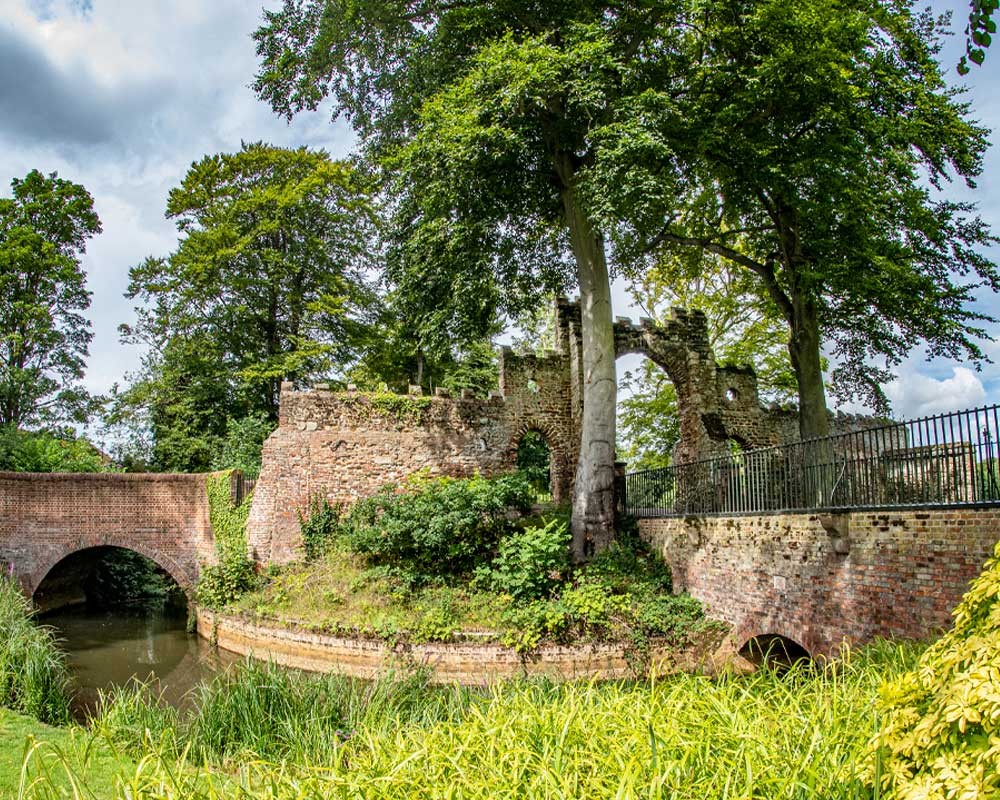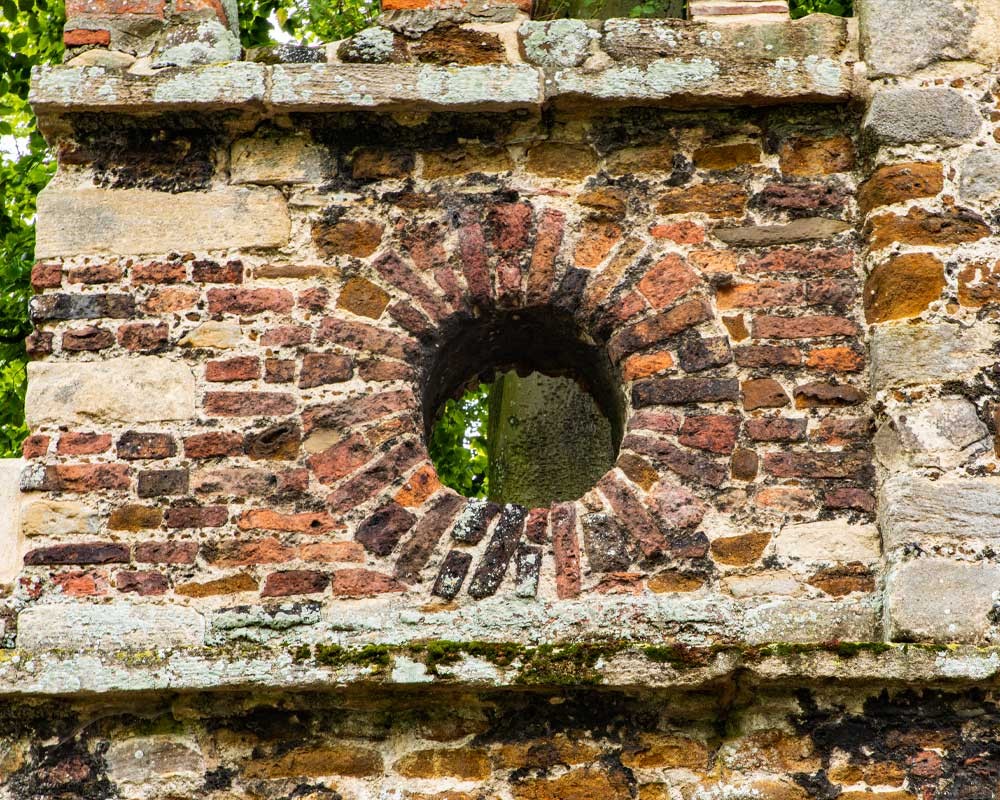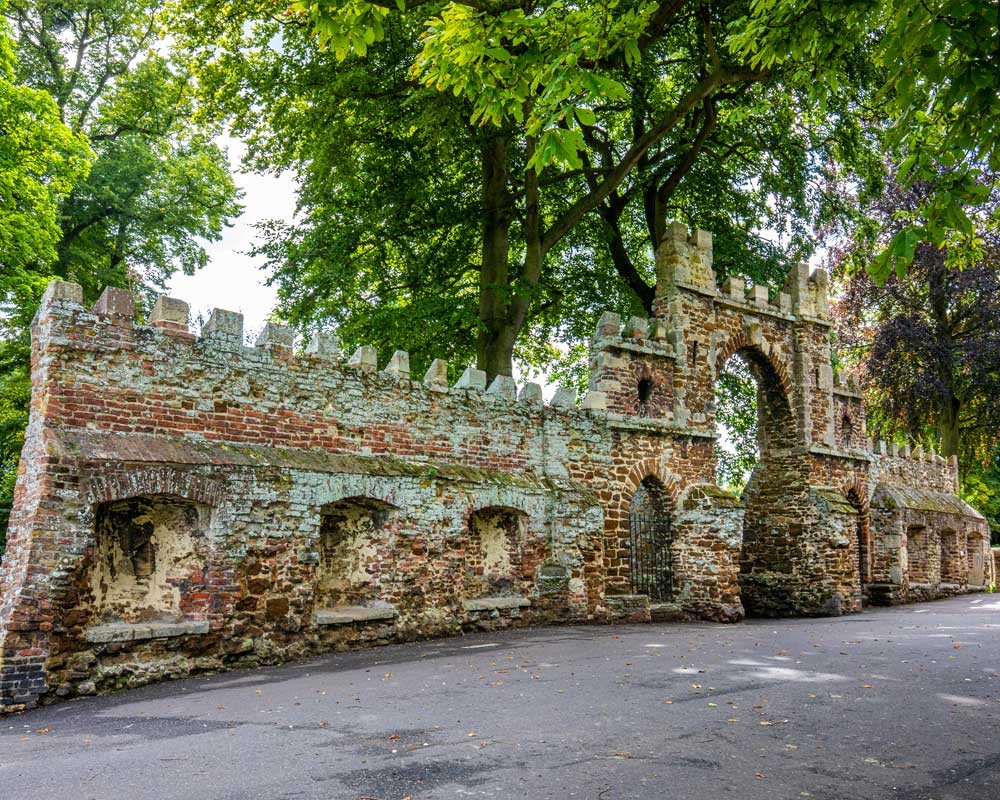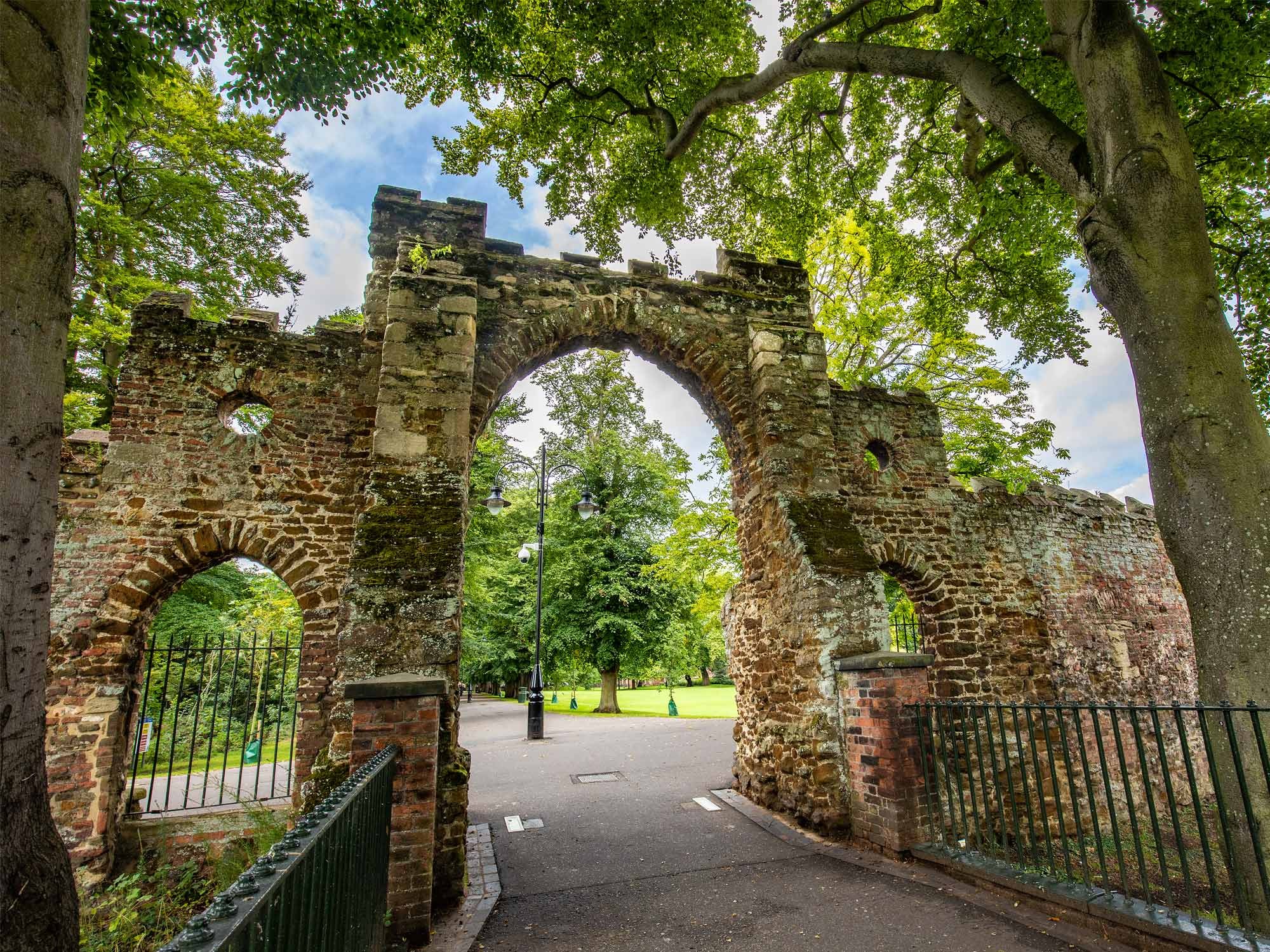
Walking through a gateway to the past
Today it’s an ornamental feature in one of the area’s most important public spaces, but there was a time when the Guannock Gate in King’s Lynn protected the town from an army of almost 20,000 soldiers
The 17-hectacres of parkland known as The Walks may be one of the least appreciated features of the heritage of King’s Lynn. Although its origins can be traced all the way back to 1686, The Walks is largely a creation of the 19th century - a time when it became popular to create green open spaces on the edges of towns to help people escape from the inevitable dirt, grime, smells and noise resulting from the enormous impact of industrialisation.
Today, The Walks in King’s Lynn is one of the only examples of these carefully-planned public spaces left in the entire country.
The leafy avenues, generously planted with horse chestnut, lime and plane trees between 1843 and 1906 form the basic framework of the landscape - and to date no other public space has been found which contains avenues spanning the date range of those in King’s Lynn.
For this picturesque feature of The Walks in King’s Lynn is one of the very last remaining parts of the town’s defences.In 1998 The Walks was designated a Grade II listed landscape by English Heritage, and nine years later a £4.3 million restoration project returned it to its former glory - and brought it up to date with modern amenities such as toilets, a refreshments kiosk and a multi-use games area.
One of the most famous features of The Walks is the 15th century Red Mount Chapel, a totally unique structure whose importance is reflected in its status as a Scheduled Ancient Monument and Grade I listed building - but that’s not the parkland’s only historic attraction.
A short 360ft walk from the Red Mount Chapel will take you to the point where the Red Mount Walk and Broad Walk footpaths meet, and here you’ll find the remains of the North Guannock Gate.
Strengthened and romanticised in the 1800s, it was constructed from brick, carstone and ashlar in the 13th century and the three arrow slit niches to the crenellated walls on either side of it give a clue to its original purpose.
For this picturesque feature of The Walks in King’s Lynn is one of the very last remaining parts of the town’s defences.
Its name has nothing to do with the excrement of seabirds - the word ‘guannock’ (also frequently written as ‘guanock’ and ‘gannock’) was an old local word meaning ‘beacon’ and which invariably referred to a raised bank - for example, the mound on which the Red Mount Chapel sits was once known as Guanock Hill.
Although only the main gates and short sections of wall were made of stone (the remainder largely comprised earth banks and ditches) the defences of King’s Lynn stretched for the best part of three miles - all the way from north of the Fisher Fleet to Whitefriars, taking in the Guannock Gate and imposing South Gate on the way.
And they were actually called into action during the 17th century during the English Civil War, when the Royalist town and port was blockaded by Parliamentarian soldiers in the summer of 1643.
One of the country’s most important ports and with a road running straight down to London, King’s Lynn was of great strategic importance - and when its governor Hamon LeStrange declared the town’s support for the king, King’s Lynn was soon surrounded by Oliver Cromwell, the Earl of Manchester and 18,000 soldiers.
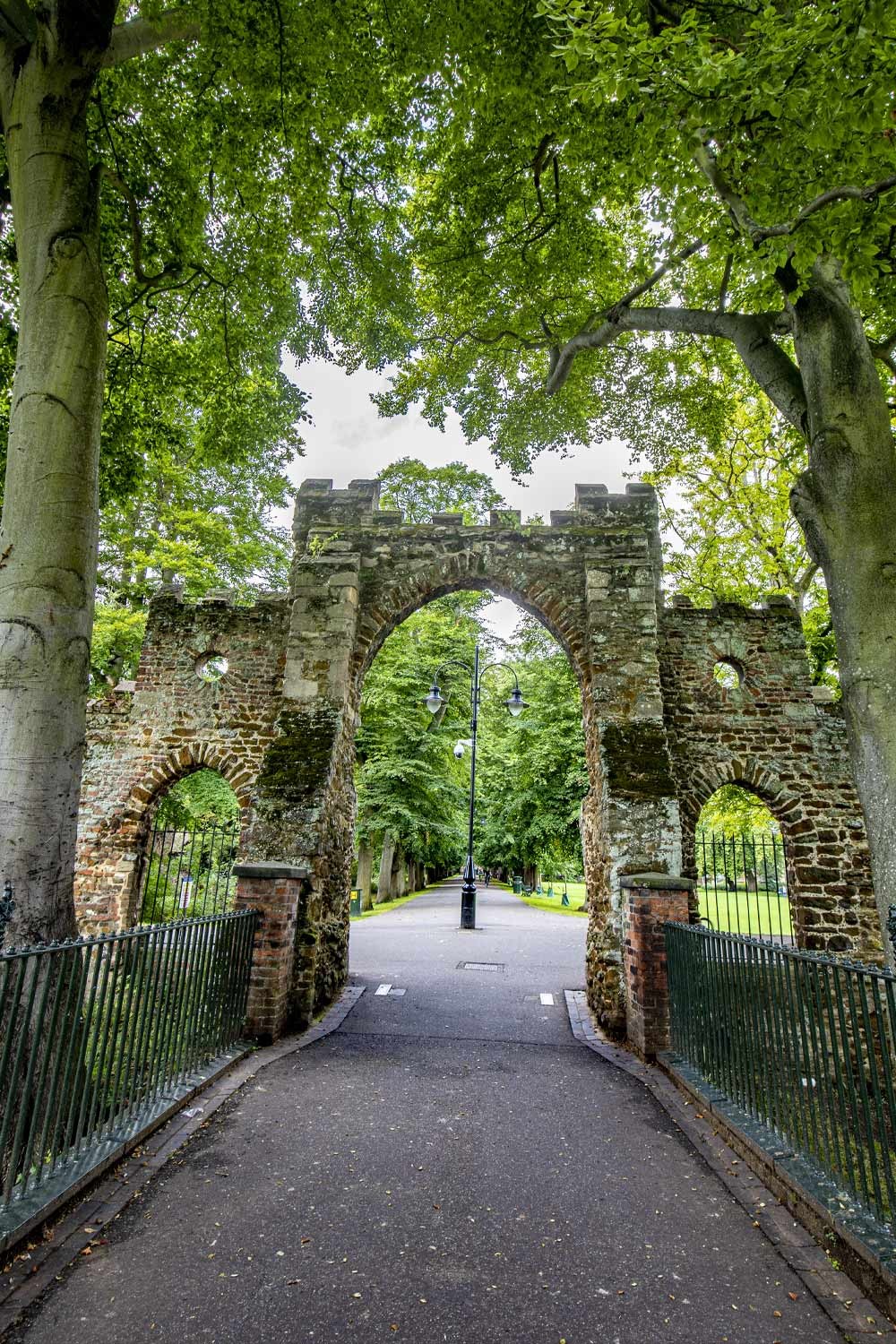
Lack of supplies caused the now beseiged King’s Lynn to surrender after only three weeks, but the town’s defences were never breached - indeed, the victorious Parliamentarians later improved them and made King’s Lynn the strongest fortress in the region.
With the ending of hostilities, the superfluous defences of King’s Lynn began to decay over the years, and most of them were removed or flattened in the 19th century to make way for increasing traffic, growing urban development, and the construction of the town’s railway line.
In 1803 even the Guannock Gate was demolished, although it was saved and re-erected 13 years later as an ornamental feature of The Walks.
Thousands of people pass through the Guannock Gate every year - on their way to and from work, with their dogs, on their daily run, or as part of a leisurely walk - but few stop to consider the part it played in the history of King’s Lynn.
